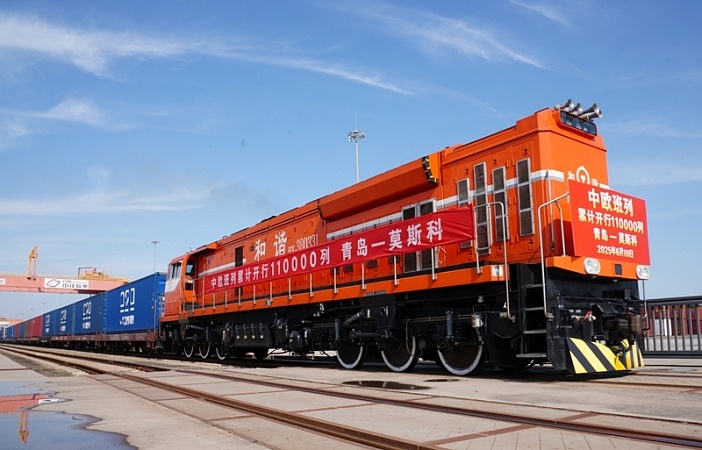The Shenzhen route has operated a total of 878 trains, transporting more than 85,000 twenty-foot equivalent units (TEUs) of goods with a total cargo value exceeding 3 billion U.S. dollars, according to Shenzhen Shenguo Railway Logistics Development Co., Ltd.
The first train on the route set off on Aug. 18, 2020, carrying machinery and electronic products across the Eurasian continent to Duisburg, Germany.
Over the past five years, the China-Europe Railway Express (Shenzhen) network has expanded from a single route to 27 routes covering 47 countries and regions, including Germany, the Czech Republic, Italy and Russia. The total value of cargo transported on the Shenzhen route has increased for five consecutive years.
To date, the route has served more than 7,000 enterprises, continuously transporting home appliances, electronics, household goods and footwear from the Guangdong-Hong Kong-Macao Greater Bay Area to countries and regions along the railway. It has also brought high-quality products from those countries and regions back to China, establishing a two-way trade channel.




